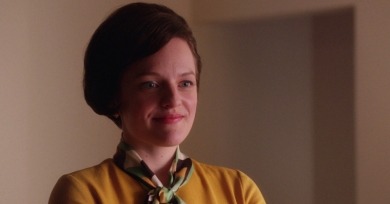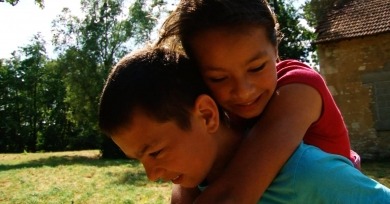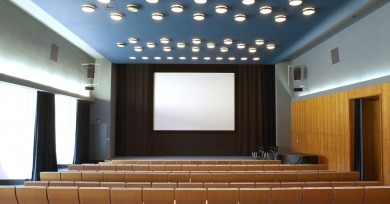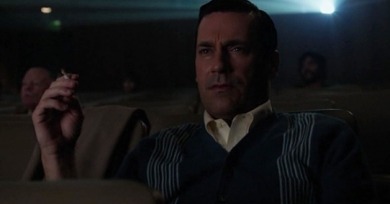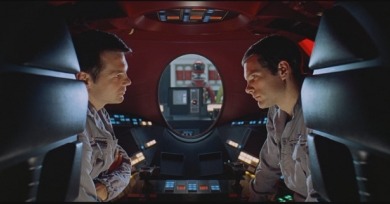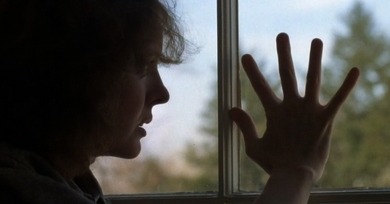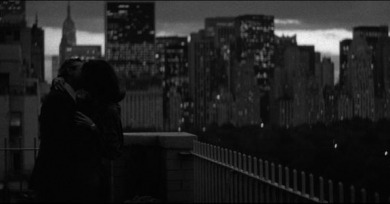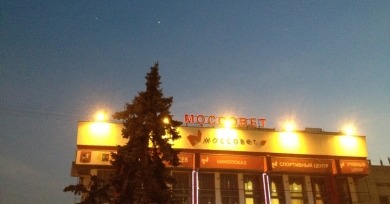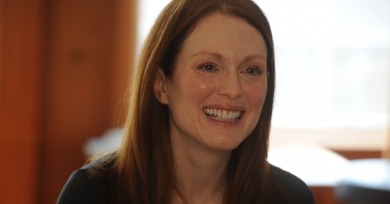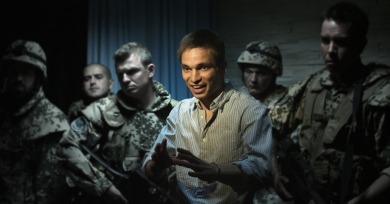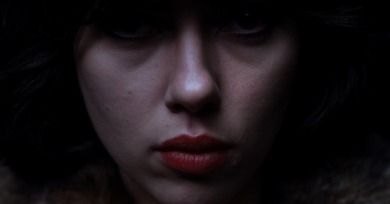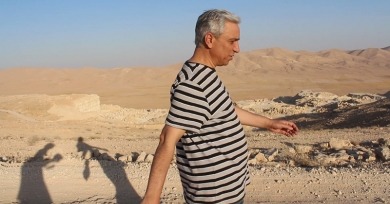Features
To the extent that Weiner conceived Peggy as a proto second wave feminist, one can see The Best of Everything’s Caroline as the template from which she is fashioned.
It was when winter finally started conceding to spring, with arctic temperatures reversing course overnight into short-sleeve weather and blinding sunshine, that word came through that Albert Maysles had passed away.
The rampant gentrification experienced in Berlin over the last decade has taken a heavy toll on the city’s much-touted cultural diversity. Yet, one area that’s proved remarkably resilient is film—or, more specifically, film-watching.
There’s a central, important contradiction to the show, which is our ad-exec main character feels enormously, existentially detached from the materiality of everyday life—the very things, concepts, and ideas he is meant to be hawking (except, perhaps, for Hershey bars).
Science, art, and the spiritual have been linked for centuries across pictorial traditions, but they achieve a unique synthesis in 2001: A Space Odyssey, an audaciously cerebral epic that, whenever seen or contemplated in its original 70mm format, never feels like anything less than a miracle of human imagination.
In honor of See It Big: Gordon Willis, the Museum of the Moving Image screening series co-curated by Reverse Shot, Michael Koresky and Jeff Reichert here pay homage to the great cinematographer by focusing specifically on his work in Woody Allen’s 1978 drama Interiors.
The case for this New York is made straightaway, in one of the most ravishing opening sequences in all of cinema—Gordon Willis’s sublime black-and-white static shots of the city, scored to “Rhapsody in Blue.”
To play FIFA ’14 is less to play at what it is like to “actually” play soccer, but instead focuses on mixing together a sense of actually playing soccer with a sense of experiencing soccer as it is most commonly experienced through the television screen.
As it’s struggled to maintain its independence and possibly its existence, the Cinema Museum has had to navigate between the idealized cosmopolitanism of international film culture and its country’s increasingly tenuous relationship with the outside world.
It’s a face that obviously looks great at a glance—she’s served as a print model for L’Oréal and Bulgari—but to truly appreciate its power we need time. Julianne Moore’s face—and all that it conveys, conceals, and emblematizes—demands the dimensions of cinema.
I’m placing the scare-quotes on “film” culture because after a good 115-year run, shot-and-displayed-on-film moving image art is no longer standard, or even particularly common, in any idiom. This is not, in and of itself, a tragedy.
Years in Review
Worst Scene in a Good Movie, Scariest Movie, Best First/Last Shot, Best Use of Archival Footage, Dumbest “Smart-Dumb” Action Movie, Worst Delivered Line, Most Exciting Breakthrough, Worst Joke, Funniest Beefcake, and more
Mascaro’s latest is his first foray into fiction filmmaking, but like his documentary work, is grounded in the realities of contemporary Brazil, particularly as experienced by citizens situated on society’s margins.
Though nominally a documentary festival, FIDMarseille seems chiefly concerned with challenging the form and the expectations that are brought to it.
